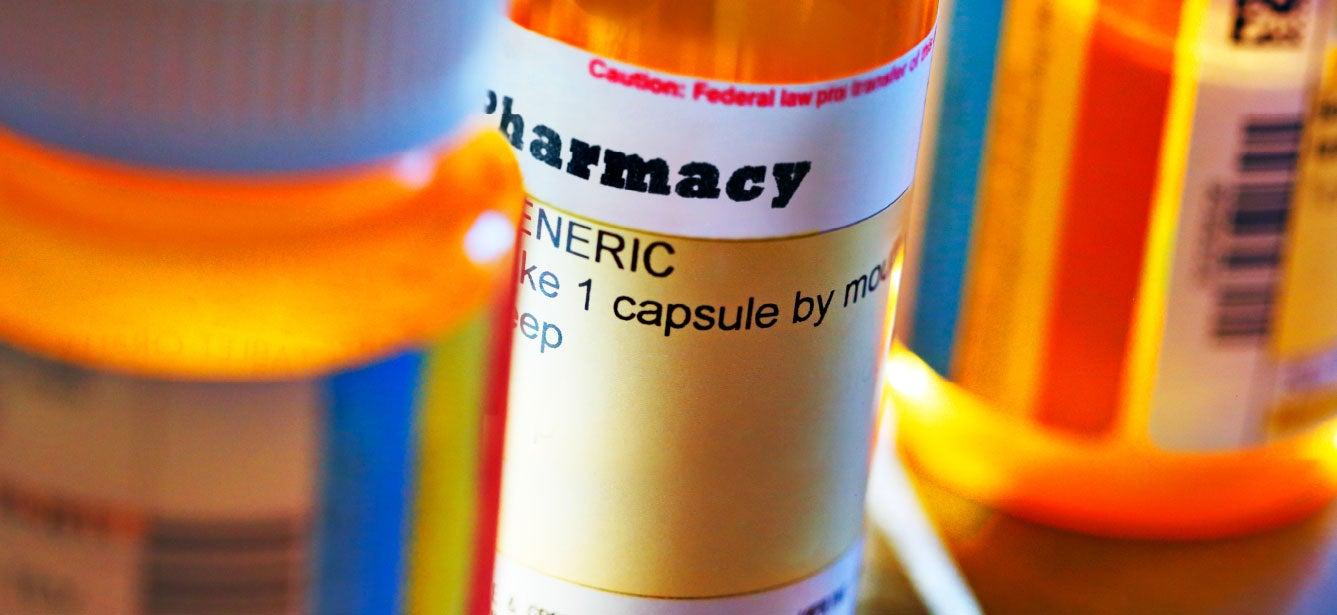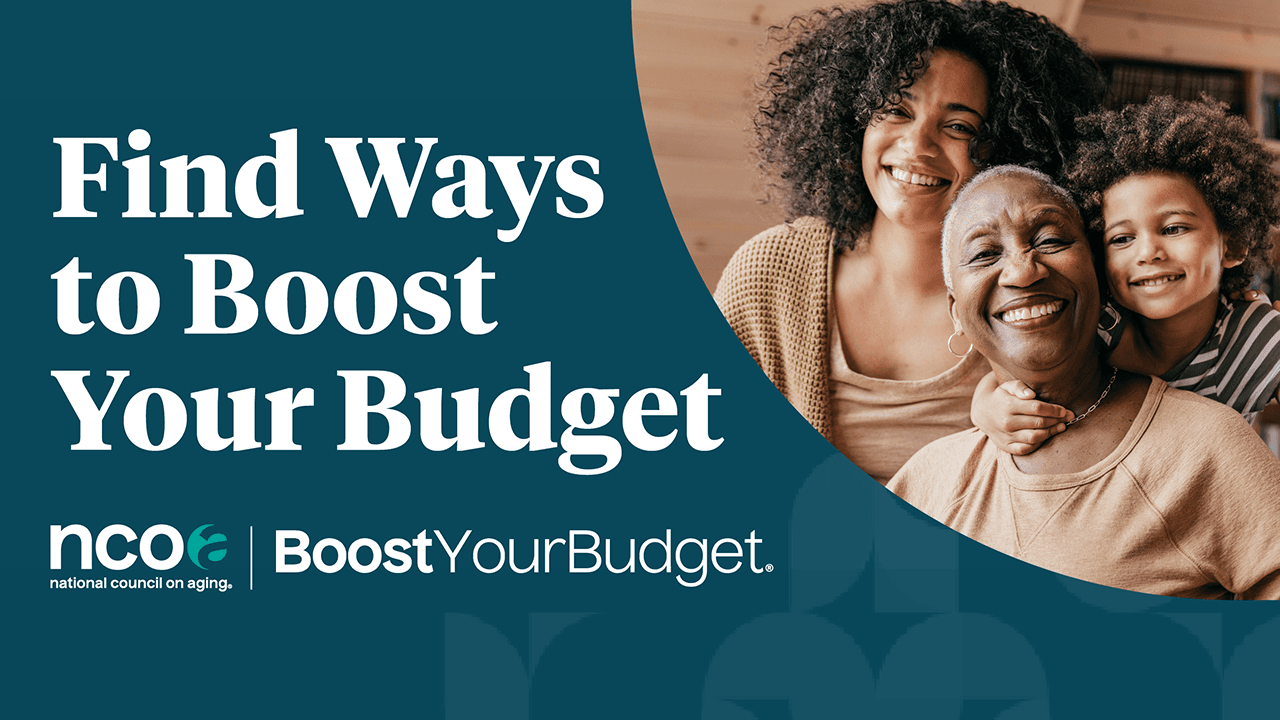
A prescription drug plan is a vital part of health care coverage for older adults. Lacking this coverage even for a short time can place a serious financial burden on Medicare enrollees who struggle to afford basic necessities. This is why the Centers for Medicare & Medicaid Services (CMS) created the Limited Income Newly Eligible Transition (LINET) Program in 2010.
What is LINET?
The Limited Income Newly Eligible Transition Program, or LINET, provides immediate but temporary Medicare Part D prescription coverage for low-income Medicare enrollees who qualify for Medicaid or the Part D Low Income Subsidy (LIS, or “Extra Help”), and have no prescription drug coverage. This benefit is available for up to two months until a person enrolls in a Medicare drug plan. CMS awarded the LINET program contract to Humana.
Based on its success in providing transitional and retroactive Part D coverage, LINET became a permanent program in January 2024.
Here is an example of how LINET works:
Nadia M., a 68-year-old Medicare beneficiary with limited income, recently learned she qualifies for Extra Help—a program that assists with Medicare prescription drug costs. However, Nadia hasn't enrolled in a Medicare Part D plan yet and needs immediate access to her medications. To ensure she doesn't go without her necessary prescriptions, Nadia is enrolled in LINET.
LINET gives Nadia temporary, retroactive prescription drug coverage, allowing her to fill her medications right away with little to no copayment. This coverage is automatic and bridges the gap until she enrolls in a Medicare Part D plan that meets her needs. As a result, Nadia experiences no interruption in her medication regimen while transitioning to her long-term prescription drug coverage.
Who is eligible for LINET?
Someone is eligible for the LINET program if they:
- Are eligible for Medicare Part D Extra Help, including any of the following:
- Full-benefit dual-eligible enrollees: Those with Medicare and full Medicaid benefits
- SSI-only enrollees: Those with Medicare who receive Supplemental Security Income (SSI) but do not have Medicaid
- Partial-benefit dual-eligible enrollees: Those with Medicare who qualify for Medicare Savings Programs (MSPs) but not full Medicaid (i.e., QMB Only, SLMB Only and QI)
- Extra Help applicants: People who have applied for Extra Help through Social Security and received a Notice of Award letter
- Have no other prescription coverage, such as:
- Part D plan coverage
- Retiree drug subsidy (RDS) plan
- Veterans Affairs (VA) coverage
- Are not enrolled in a Medicare Advantage (Part C) plan, which does not allow concomitant enrollment in a Part D plan
- Have not opted out of auto-enrollment
- Have a permanent address in the 50 states or DC
How does someone enroll in LINET?
People who are fully dual-eligible are automatically enrolled in LINET. They will receive a letter from CMS on purple paper indicating they are deemed eligible for Extra Help and opted into LINET.
People who are partially dual-eligible and those who applied directly for Extra Help must enroll in the LINET program at the pharmacy. These enrollees must provide “best available evidence” (BAE) to pharmacy staff for immediate prescription fills and LINET enrollment. This BAE includes one of the following documents:
- A letter from Social Security or CMS indicating award of Extra Help (e.g., official award letter, notice of change, notice of planned action)
- A copy of the current state Medicaid award letter with effective dates
- State eligibility verification system queries (interactive voice response, online)
Have questions or need help enrolling older adults in LINET? Find tools, tutorials, and other resources on the Humana website.
What if the LINET claim system does not recognize a person's information?
If this happens, the pharmacist can ask for an override for each medication. The pharmacist should fax the BAE to Humana at 1-877-210-5592 and call the Humana help desk at 1-800-783-1307.
Which drugs are on the LINET formulary and are there restrictions?
LINET has an open formulary and contains all Part D drugs. LINET does not cover drugs excluded from the Part D program.
There are limits on some drugs for safety reasons, including quantity limits or prior authorization. For example, enrollees are only permitted a maximum 30-day supply limit of opioids (though pharmacies should follow their state regulations, if these are more restrictive), regardless of diagnosis or place of residence. “Opioid naïve” patients who are new to opioids will be limited to an initial seven-day supply for the treatment of acute pain.
All other medications are limited to a 60-day supply under LINET.
Does LINET have a pharmacy network?
All pharmacies can submit claims to LINET following the instructions from Humana LINET. Pharmacies may not know about LINET and may need a copy of the Four Steps for Pharmacy Providers or LINET Program Brochure available at the Humana LINET website.
Is LINET retroactive?
If full Medicaid or SSI eligibility is retroactive, then LINET is retroactive and the enrollee will receive a CMS yellow letter no. 11429 (counts as BAE). The enrollee will receive another notice from Medicare LINET with instructions on how to get reimbursed for covered drugs during the months of retroactive coverage. People with retroactive coverage may be eligible for reimbursement of covered Part D prescriptions they paid for, from any pharmacy, during any past months in which they were entitled to retroactive coverage under Medicare’s LINET Program. They must present a notice or award letter within 90 days of the date on the notice or letter.
Not all LINET coverage is retroactive, however. Enrollees who receive a CMS yellow letter no. 11154 indicating auto-enrollment into a Part D plan do not get retroactive coverage. The yellow notice letter includes the date coverage is effective.
Can someone be reimbursed for out-of-pocket expenses while enrolled in LINET?
Someone who paid out-of-pocket for prescription drugs while enrolled in LINET may be eligible for reimbursement. See the first page of the “Welcome Letter” for the enrollee’s LINET coverage dates and follow the instructions on the enclosed Prescription Drug Claim Form to request reimbursement for claims. A person has 36 months from the date the prescription was filled to request reimbursement. A copy of the claim form is available on the Humana LINET webpage.
Can someone be reimbursed for out-of-pocket expenses prior to being enrolled in LINET?
If an enrollee paid out-of-pocket for medications prior to their LINET coverage effective date, they may be eligible for reimbursement, provided they meet the following eligibility requirements on the date the prescription was filled:
- Eligible for Medicare Part D
- No other prescription drug coverage (Medicare Part D, retiree drug subsidy)
- Not enrolled in a Medicare Advantage plan (Medicare Part C)
- Have not opted out of Medicare’s auto-enrollment
- Permanent address in the 50 states or D.C.
- Fully dual-eligible
Coverage for out-of-pocket expenses during eligible periods (retroactive coverage) is made available by submitting a direct member reimbursement form.
How long can a person keep LINET?
Enrollment in LINET is temporary, usually for one to two months. This provides time to choose a Medicare Part D prescription drug plan that best fits their needs. If they do not select a plan within this timeframe, Medicare will enroll them into a benchmark plan.
CMS enrolls all Extra Help beneficiaries into Part D plans within one or two months. Full duals with full Medicaid or SSI are automatically and randomly enrolled the first day of the following month after the award and notified by a CMS yellow letter no. 11429.
All other Extra Help enrollees have a random and facilitated enrollment into a Medicare Part D drug plan two months after their Extra Help award date and receive notice via a CMS green letter no. 11191.
What other assistance can I offer someone new to Extra Help?
Help them compare Part D plans using the Medicare Plan Finder, which will enable them to enroll in a plan with the best coverage and costs. Even though CMS enrolls people with Extra Help into a Part D plan, the plan is chosen at random and doesn’t ensure that persons specific prescriptions are covered on the plan’s formulary.
Likewise, some plans may require restrictions like step therapy, quantity limits or prior authorization that limit access to the drug.



